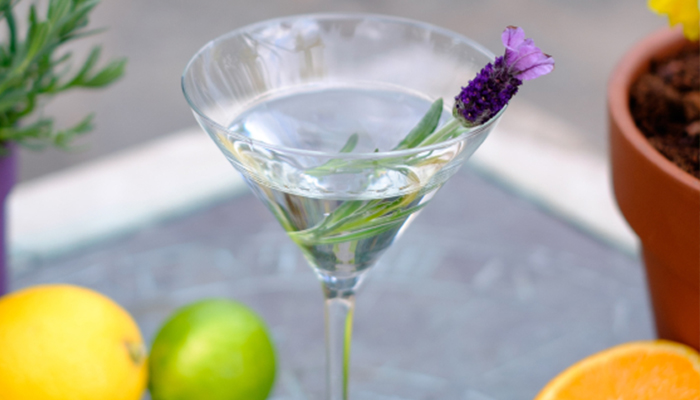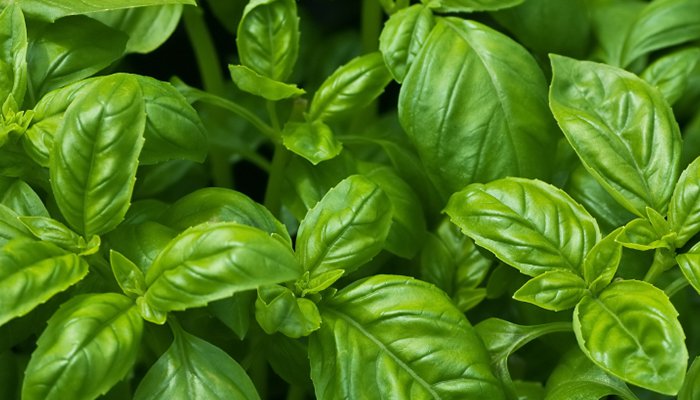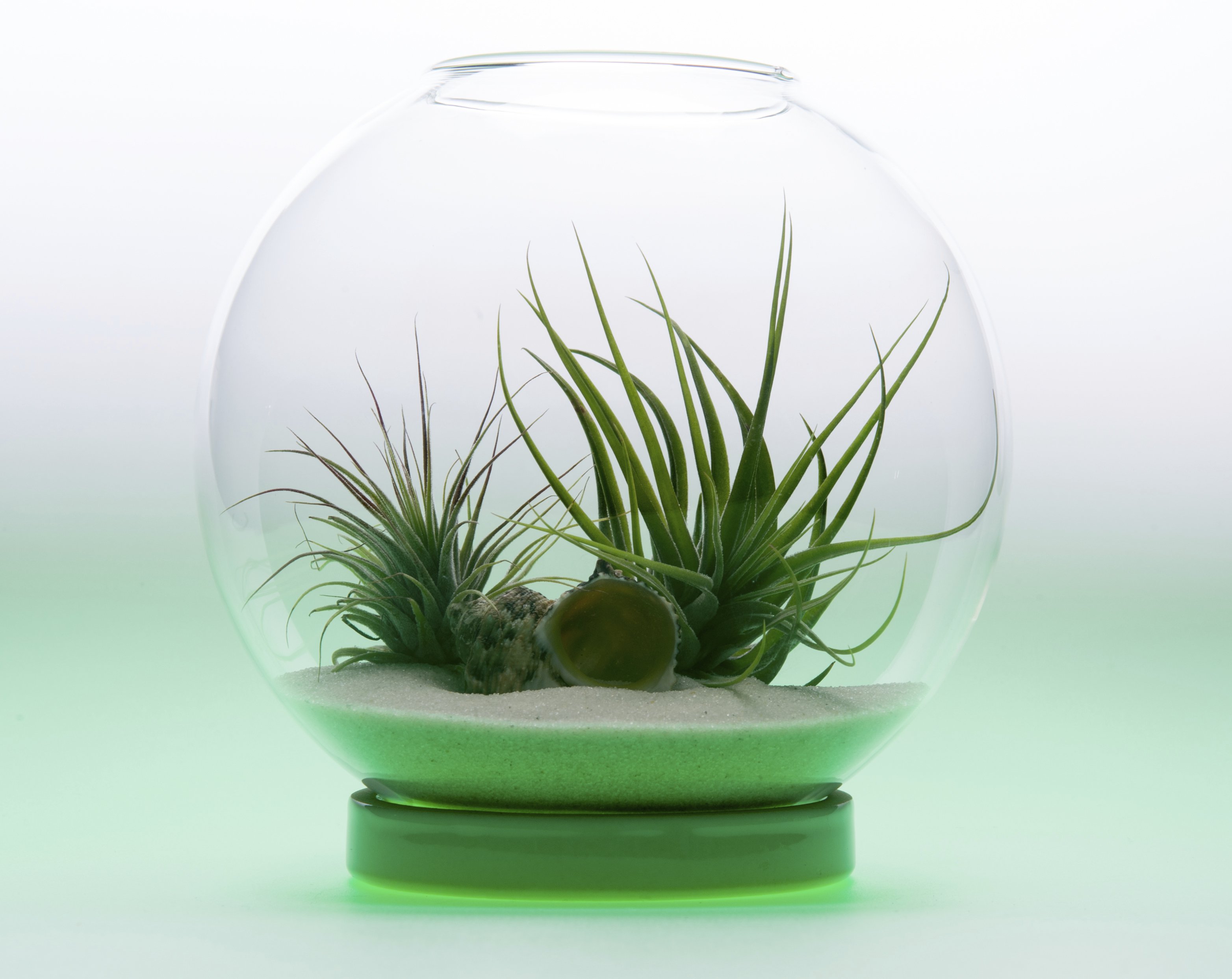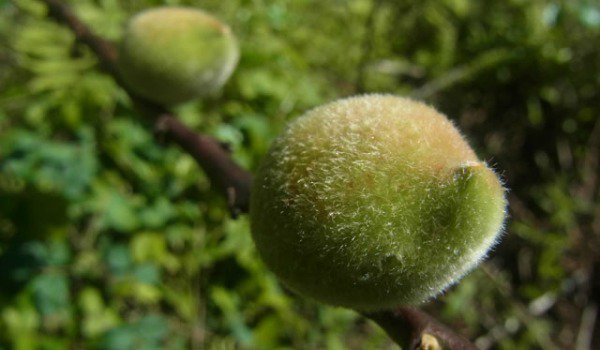Who’s in the mood for some tasty, sweet, plump plums this summer season? Plums are excellent for beginner gardeners who wish to grow fruit trees. Plum trees are not only easy to grow, but they also produce quite a bit of fruit over the season. There are a couple of types of plum trees to choose from too. So no matter what area of the United States you live in, you can usually find one that is excellent for your area. So, what should you look out for during the plum season?
Start from Seed or Buy a Tree?
Plum trees are the best beginner gardener fruit trees to have. One hard decision many gardeners may face is to start a fruit tree from a seed or a tree? Starting from a seed takes patience and time on the side of the growing process. It can take anywhere from 3-5 years for a plum tree to start producing fruit. Buying the sapling fruit tree when it’s already grown can save a lot of time.
Depending on the year a plum tree is transplanted, a person can usually see the fruit that same growing season. It all depends on the health of the tree if it’s properly fertilized, and other small factors that go into the care for any plant.

How Much a Plum Tree Produces
Once your plum tree is old enough to produce fruit (or you decided to buy a pre-grown sapling), you’ll be surprised by how much your plum tree produces. During the winter months, a plum tree does have to be watered on a regular basis. Just be sure you have the proper type of tree that can withstand cold temperatures. It’s highly recommended not to do any pruning either during the winter months. Pruning or clipping a plum tree during the winter months can expose it to infection and illness.
During the growing season though, it’s a completely different issue. When your plum tree begins to produce fruit, it does have to be fertilized throughout the growing season. Do not fertilize your plum tree though if it’s young, and has not begun to produce fruit. Regular care such as pruning your plum tree, and cutting off dead branches goes a long way to keeping it healthy.
Depending the type on the type of plum tree you have, you may also have to have a companion for it. Plum trees usually require cross pollination in order to produce fruit. However, there are different types of plum trees (usually hybrids) that can produce fruit on their own. If your plum tree gets any pests or illnesses, be sure to talk to your local garden center about how to address the issues properly.
The growing season is finally here. If you’re looking to start a plum tree, or looking to buy a sapling, make sure to harvest the fruit regularly. As the growing season goes on, you’ll find yourself up to your eyeballs in plums!











